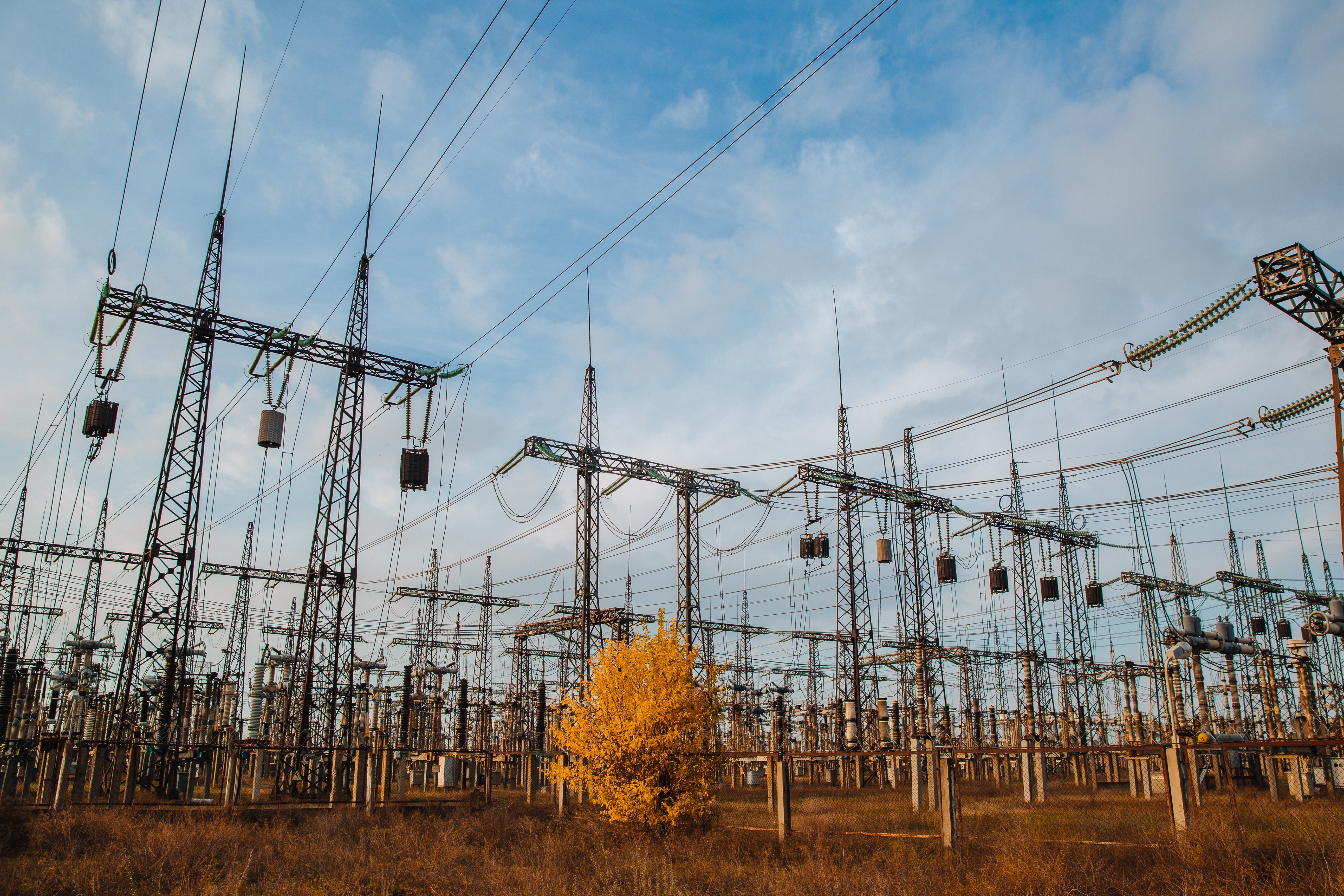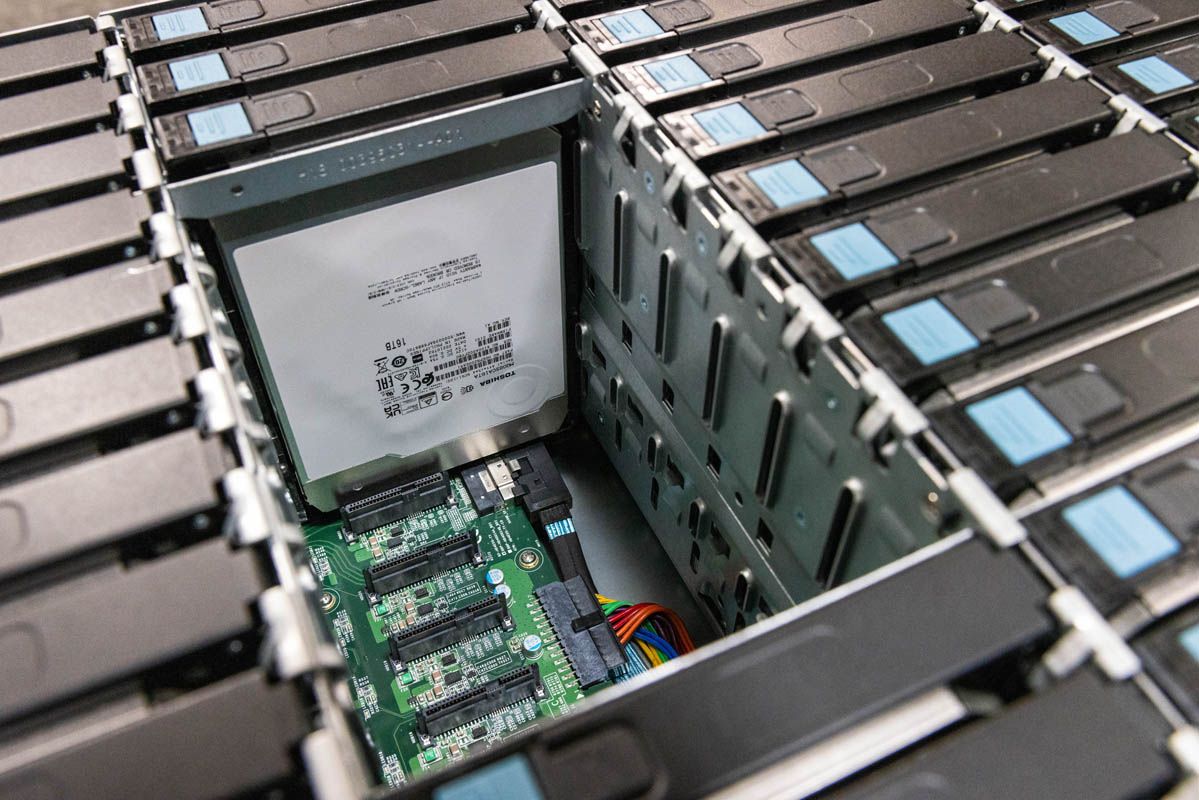As AI models grow larger and more capable, the supporting infrastructure must evolve in tandem. AI’s insatiable appetite has Big Tech going as far as restarting nuclear power plants to support massive new datacenters, which today account for as much as 2% of global electricity consumption, or more than the entire country of Germany.
But the humble power grid is where we need to start.
Constructing the computing superstructure to support AI tools will significantly alter the demand curve for energy and put increasing strain on electrical grids. As AI embraces more complex workloads across both training and inference, compute needs – and thereby power consumption – are expected to increase exponentially. Some forecasts suggest that datacenter electricity consumption could increase to as much as 12% of the global total by 2030.
Semiconductors form the cornerstone of AI computing infrastructure. The chipmaking industry has focused primarily on expanding renewable energy sources and delivering improvements in energy-efficient computing technologies. These are necessary but not sufficient – they cannot sustainably support the enormous energy requirements demanded by the growth of AI. We need to build a more resilient power grid.
Corporate Vice President at Applied Materials.
Moving from Sustainability to Sustainable Abundance
In a new report, we call for a different paradigm – sustainable energy abundance – which will be achieved not by sacrificing growth, but by constructing a holistic energy strategy to power the next generation of computing. The report represents the work of major companies across the AI technology stack, from chip design and manufacturing to cloud service providers, as well as thought leaders from the energy and finance sectors.
The foundational pillar of this new strategy is grid decarbonization. Although not a new concept, in the AI era it requires an approach that integrates decarbonization with energy abundance, ensuring AI’s productivity gains are not sidelined by grid constraints. In practical terms, this entails embracing traditional energy sources like oil and gas, while gradually transitioning toward cleaner sources such as nuclear, hydro, geothermal, solar and wind. Doing this effectively requires understanding of the upgrades needed for the electricity grid to enable rapid integration of existing and new energy sources.
Consuming electricity from the grid naturally assumes the emissions profile of the grid itself. It should come as no surprise that emissions related to the grid represent the single biggest component of the emissions bill facing any given company. In the conventional approach to sustainability, companies focused more on offsetting emissions derived from the grid rather than sourcing the grid with cleaner (or carbon-free) energy. To support the coming scale-out of AI infrastructure, access to a clean grid will be one of the most important aspects in reducing carbon footprint.
Strategically selecting locations for datacenters and semiconductor fabs will be critical. Countries and regions have a varying mix of clean energy in the power grid, which impacts their carbon emission profile. For example, the United States and France generate a similar percentage of their overall electricity from renewable sources. However, the United States has a significantly higher country emission factor, which represents the direct carbon emission per kilowatt-hour of electricity generated.
This is because most of the electricity in France is generated through nuclear power, while the United States still gets a significant percentage of electricity supplied through coal and natural gas. Likewise, there could be significant differences within a country such as the United States, with states like California having a higher mix of renewables compared to some other states.
Driving Innovation in Semiconductor Technology
A truly resilient grid strategy must start with expanded capacity for nuclear, wind, solar, and traditional forms of energy, while driving a mix shift to cleaner sources over time. However, to achieve this enhanced capacity, it will be necessary to invest in disruptive innovations. Transmission infrastructure must be modernized, including upgraded lines, substations and control systems. Likewise, the industry must take advantage of smart distribution technologies, deploying digital sensors and AI-driven load management techniques.
Semiconductors have an important role to play. Continued growth of GPUs and other accelerators will drive corresponding growth in datacenter power semiconductors, along with increasing semiconductor content in other components such as the motherboard and the power supply.
We forecast that the datacenter power semiconductor market could reach $9 billion by 2030, driven by an increase in servers as well as the number of accelerators per server. Approximately $7 billion of the opportunity is driven by accelerators, with the rest coming from the power supply and other areas. As the technology matures, we believe gallium nitride will play an important role in this market, given its high efficiency.
As the grid incorporates increasing levels of renewables, more semiconductors will be needed for energy generation. Silicon carbide will be important for solar generation and potentially wind as well. We estimate that renewable energy generation could grow to more than a $20 billion market for semiconductors by 2030. A similar opportunity exists for smart infrastructure such as meters, sensors and heat pumps.
Shifting Incentives for Sustainable Growth
Restructuring the power grid offers the single biggest opportunity to deliver sustainable, abundant energy for AI. Modernizing the power grid will require complex industry partnerships and buy-in from company leadership. In the past, sustainability initiatives were largely regarded as a compliance checkbox item, with unclear ties to business results. A new playbook is needed to enable the growth of AI while shifting business incentives toward generation, transmission, distribution and storage of clean energy and modernization of the power grid.
To truly harness the transformative productivity and prosperity potential of AI, we need a comprehensive sustainability strategy that expands clean energy capacity, modernizes energy infrastructure, and maintains diverse energy generation sources to ensure stable, abundant power for continued technological innovation. When combined with progress in energy-efficient computing and abatement measures, this holistic approach can realistically accelerate the pursuit of sustainability while mitigating the risk of curtailing growth due to insufficient energy resources.
We list the best IT infrastructure management service.
This article was produced as part of TechRadarPro's Expert Insights channel where we feature the best and brightest minds in the technology industry today. The views expressed here are those of the author and are not necessarily those of TechRadarPro or Future plc. If you are interested in contributing find out more here: https://www.techradar.com/news/submit-your-story-to-techradar-pro










 English (US) ·
English (US) ·